We love being around plants for their ability to refresh the air and calm our minds. We also grow herbs in our kitchens to garnish our cuisines and prove our cookery skills to friends and family.
But did you know that there are plants that have medicinal value and work wonders in healing your body?
Well, medicinal plants have been used for centuries as a remedy to various ailments. The good news is that you can grow your medical herbs at home to enhance your family’s health all year round. Additionally, due to their growing demand in the beauty and medical industries, you can grow them in large quantities as a business.
Here are 11 medical herbs that can be a great addition to your garden.
1. Medical cannabis
Cannabis contains about 40% of cannabinoids (CBD), a compound thought to have anti-inflammatory effects on the brain. For this reason, medical cannabis is prescribed as a remedy for various ailments. For starters, cannabis has been used in pain management for conditions such as arthritis, endometriosis and reducing the side effects of cancer treatment. It also helps reduce inflammation in conditions such as rheumatoid arthritis and Crohn’s disease, among others. Additionally, this medical plant works well in sleep management as well as in neurological and mental disorders.
However, cannabis has been considered illegal for the longest time. It is essential to ensure that growing it is legal in your area. You are better off working with a cannabis consulting firm to get advice on anything you would like to know about growing cannabis. These firms offer cannabis business consulting that you can benefit from and quickly start your venture.
2. Aloe Vera
Aloe vera can be grown inside for aesthetic appeal, but it is the clear gel found in its leaves that makes it a medical herb. This gel has soothing, cooling, and moisturizing effects that make it suitable for healing burns, treating acne, and promoting healing in anal fissures. It also has properties for improving oral hygiene and fighting plaque, making it a common ingredient in oral hygiene products. Another great medicinal value for this plant is in improving digestive health. Adding a few drops in food and fruit juices can help heal stomach ailments such as irritable bowel syndrome.
Aloe vera thrives in bright light; give it a south-facing window when growing it indoors. However, be careful to over-water it as it retains moisture.
3. Calendula
Calendula has bright orange flowers that can make a great addition to any home. But don’t let the sunshine flowers fool you. They are bursting with medicinal wonders inside. For centuries, this plant has been used to heal rashes, wounds, and burns. The edible ray florets have antioxidant compounds that reduce the risk of heart disease and some types of cancer. Additionally, this herb has been used in lifting the spirits and enhancing the immune system.
Calendula loves soil that doesn’t dry out quickly or stay wet for a long time. It also blossoms in bright sunlight. The good thing is that it can also tolerate some shade. If you live in a place where winters are a bit warm, Calendula will do just fine in that season. If you want to create your big healing garden and start a business with plant cultivation, Calendula is the first choice you should start with. If you have trouble with managing your premises, then call for help from a property management company.
4. Ginger
Ginger is great in tea, especially in the monsoon season. Besides keeping you warm, ginger has a ton of other medical benefits to your body. It has properties that make it an excellent antioxidant, antibacterial and antiviral herb. It also has anti-inflammatory properties, best for healing joint pains, and juice that enhances the digestive process. If you get used to consuming ginger, you will be reducing the risk of contracting diseases such as diabetes, cancer, and asthma.
Being a tropical plant, ginger loves warm weather, filtered sunlight, and rich, moist soil, but not soggy or waterlogged. It also loves humidity; you might need to mist it regularly.
5. Lavender
Lavender is ubiquitous in cosmetic products such as soaps, oils, and perfumes for its soothing fragrance. Besides this, the beautiful smell works as an antidepressant to treat diseases such as insomnia, anxiety, and stress. It also treats headaches and can ease itchiness on the scalp, and make the skin glow. This plant is also known for its antiviral and antibacterial properties.
Growing lavender indoors is a natural way to add a beautiful scent to your indoors. Just be sure to pot it in quick-draining soil. Additionally, place it in a south-facing window as it loves adequate sunlight. You can also use led grow lights to help you develop all these plants indoors since you can customize the necessary color and shade.
6. Chamomile
Chamomile is considered to be one of the cure-all herbs. It is commonly used in America for the treatment of anxiety and depression. This herb is also used in Europe for wound healing and for decreasing swelling and inflammation. Some of the studies have looked into the benefits of Chamomile for all conditions. It is also used as a tea and can be applied as a compress. The FDA regards the herb as safe.
The plant might raise drowsiness that is caused by other herbs, medicines, or supplements. This herb can be utilized topically or for your skin to treat skin irritation and even during radiation therapies for cancer. It is available in capsule format as well that is used for controlling vomiting at the time of chemo.
7. Echinacea
Echinacea leaf is typically used for treating flu, cold, wound healing, and other infections. Several studies considered how well the Echinacea worked for prevention or shortening the spell of cold, although none of the results were conclusive. However, many other studies do show the advantages of using this herb for treating upper respiratory infections. You are advised to use this herb medicinally for shorter terms because some researchers have indicated that long-term use may affect your body’s immune system. It is a good idea to consider the opinion of your healthcare provider regarding any medicine you are consuming. Some people that are allergic to plants from daisy families are likely to have allergic reactions to the Echinacea. Some of these daisy families include marigolds, ragweed, and daisies.
8. Garlic
Garlic is a root and it is utilized all across the world for cooking and its several medicinal properties. Some of the compounds developed from garlic have been established to have cardioprotective, antimicrobial, anti-inflammatory, and anticancer properties. These properties possessed by garlic might have played a significant role in developing the widespread belief that garlic helps blood pressure and lower cholesterol. However, the clinical evidence obtained as a result of the research is conflicting. FDA regards the use of garlic as entirely safe, although it may raise the possibility of bleeding. It should never be used together with blood thinners and warfarin. Due to the same reason, a large amount of garlic should not be consumed before surgeries and dental procedures.
9. Feverfew
Feverfew is a leaf that was conventionally used in the treatment of fever. Nowadays, it is commonly utilized for preventing migraines and treating arthritis. However, some researches have indicated that specific feverfew blends can stop migraines. However, some side effects, such as mouth ulcers and digestive irritations, when these leaves are chewed.
Some people that suddenly stopped the use of feverfew they were using for treating migraines found out that their headaches returned. Feverfew cannot be utilized together with anti-inflammatory non-steroidal medicine as these medicines can affect the way feverfew works. The leaf should not be used together with warfarin either and not with anticoagulant medicine.
10. Gingko
The Gingko leaf extracts have been used to treat a range of conditions such as bronchitis, asthma, tinnitus, and fatigue. The leaf is also utilized for improving your memory and prevents dementia apart from several other brain disorders. Several studies have come forward supporting the slight effectiveness of Gingko.
However, exactly how the herb works is still not clearly understood. Just the extracts from Gingko leaves have to be used for the treatment. Remember, the seeds contain Ginkgo toxin that may cause seizures and lead to death in several cases. As some of the available info suggests that Gingko may raise the risks involved in bleeding, you are better off not using the herb together with anti-inflammatory or non-steroidal medicine. It is a good idea to avoid it with anticonvulsant medication, anticoagulants, or tricyclic antidepressants.
11. Saw palmetto
Saw palmetto is utilized for treating urine-related symptoms developed due to benign prostatic hypertrophy or BPH. However, more recent research has not substantiated the effectiveness of saw palmetto for this condition. The side effects involved are a mild headache and digestive upsets.
Summing-up
There are plenty of herbs that you can grow at home for their medical properties. The above listed give you an excellent place to start if you are yet to include herbs in your garden. However, it is good to do your research on the plants you plan to grow to ensure that you are equipped with all the necessary information for healthy growth.


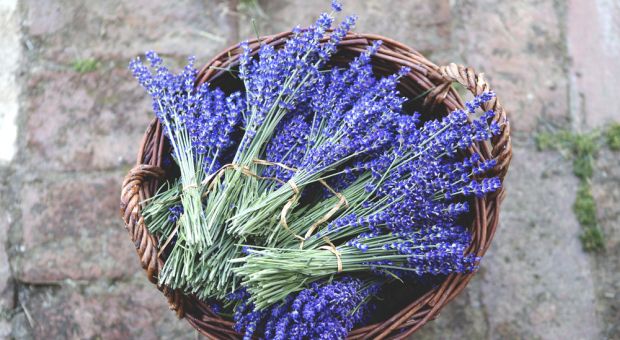

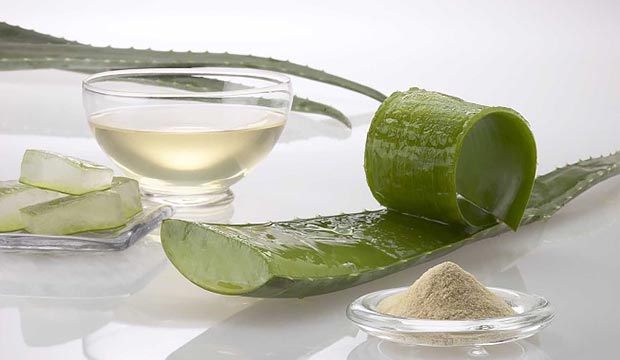

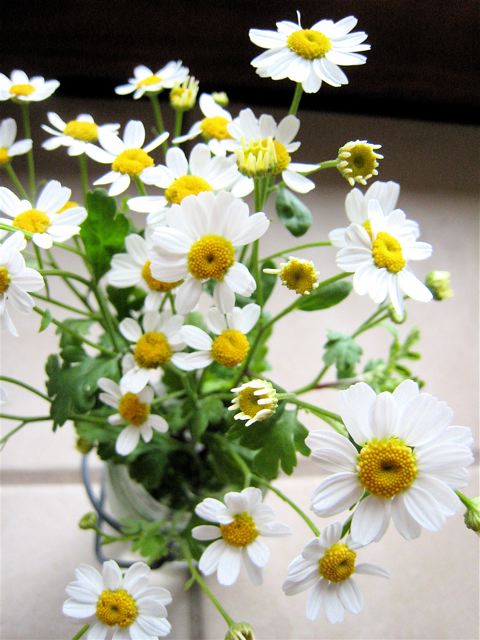

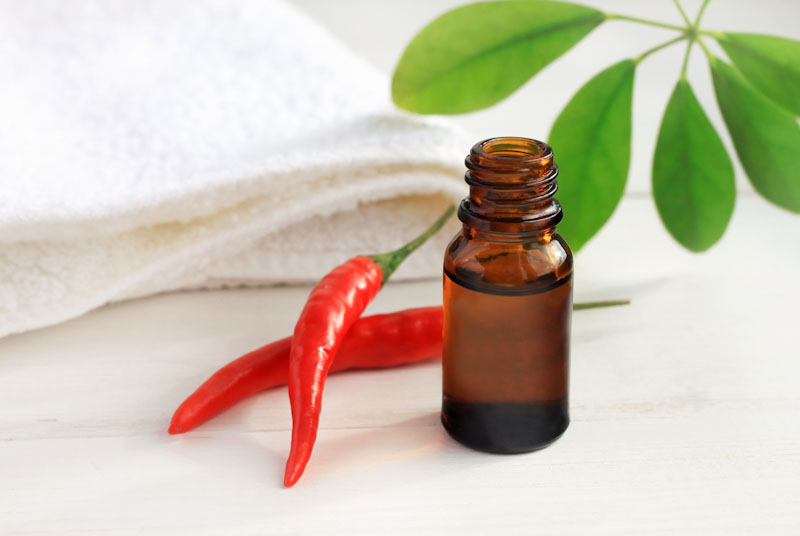
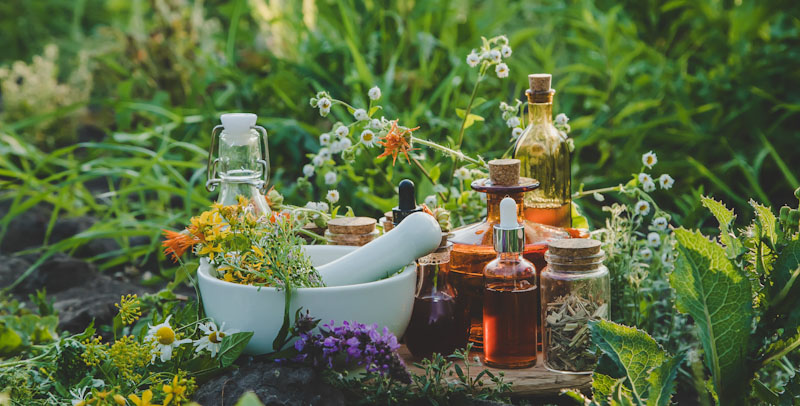
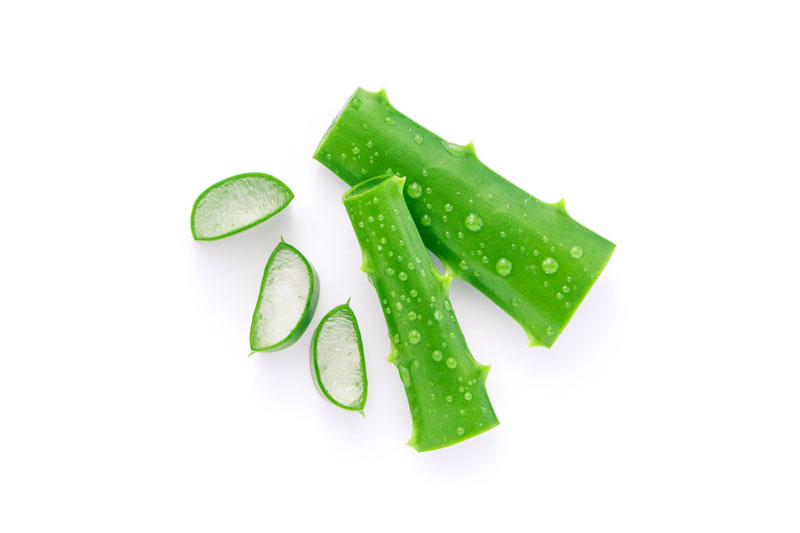



Aaron | June 20, 2021
|
Great idea! I never thought to grow ginger. Turmeric is another one to think about if possible.